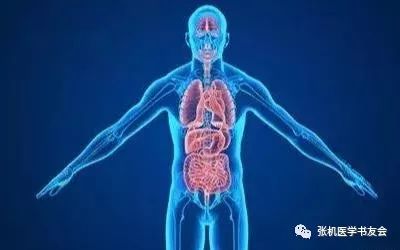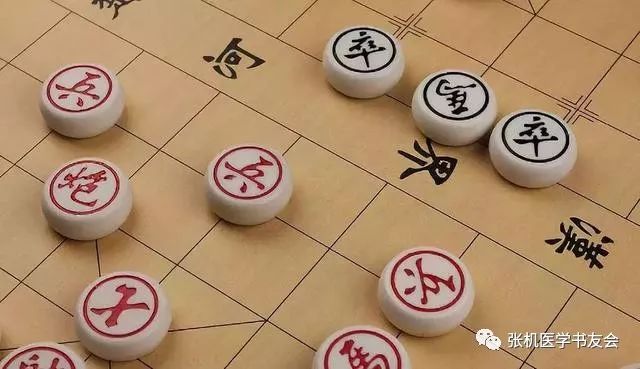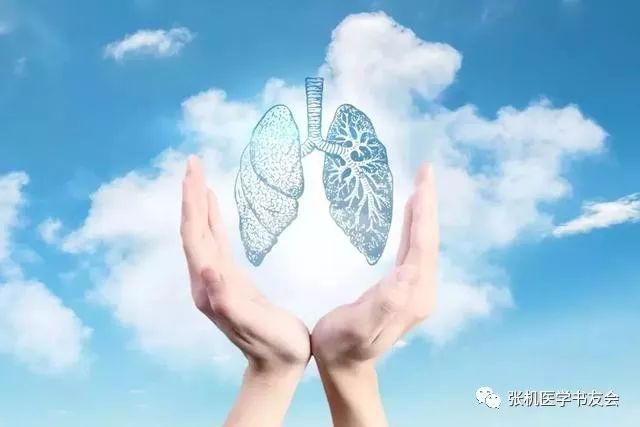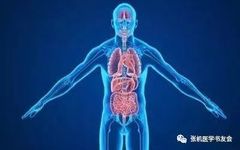The core theory of Traditional Chinese Medicine (TCM) revolves around the Five Zang and Six Fu organs. The Five Zang refers to the liver (Gan), heart (Xin), spleen (Pi), lungs (Fei), and kidneys (Shen); while the Six Fu includes the gallbladder (Dan), small intestine (Xiao Chang), stomach (Wei), large intestine (Da Chang), bladder (Pang Guang), and the San Jiao (Triple Burner). Interestingly, ancient TCM assigned ‘official roles’ to these organs, using social phenomena to metaphorically describe the human body.

1. The Liver as the ‘General’s Office’
The character of a general requires vigor. The liver belongs to the wood element in the Five Elements theory, corresponding to spring, symbolizing a surge of Yang energy breaking through the constraints of Yin energy, which reflects the nature of the liver. The liver facilitates the smooth flow of Qi, manifesting in regulating emotions and promoting the digestion of the spleen and stomach.
2. The Gallbladder as the ‘Office of Justice’
The ‘Office of Justice’ refers to a decision-maker or judge. When a person is indecisive, they rely on the gallbladder to make decisions. The gallbladder influences a person’s ability to make decisions; people often say someone is ‘bold’ or ‘timid,’ which actually refers to the function of the gallbladder. When the gallbladder functions well, a person acts decisively; when it does not, they may appear timid and indecisive.

3. The Heart as the ‘Ruler’s Office’
The heart governs the circulation of blood in the body, much like a ruler overseeing the realm. The nourishment of the limbs and organs depends on the blood pumped by the heart. Additionally, the heart oversees a person’s spirit, consciousness, and cognitive activities; its functional state determines an individual’s overall mental disposition.

4. The Small Intestine as the ‘Office of Reception’
‘Reception’ refers to the acceptance and accommodation of nutrients, indicating that the small intestine is the organ responsible for nutrient absorption, aiding in the further digestion and absorption of food. If the small intestine’s fire is insufficient, a person is more prone to catching colds and experiencing diarrhea.
5. The Spleen as the ‘Advisory Office’
(the ‘Advisors’ who reflect issues to the ruler)
The spleen is centrally located in the body, responsible for the transformation and transportation of Qi. Wherever there is a problem in the body, the spleen conveys that information. Furthermore, the spleen’s nature is gentle and impartial, allowing it to reflect issues fairly.
6. The Stomach as the ‘Granary Office’
‘Granary’ refers to a place for storing food, and the stomach’s role is akin to that of a granary manager. The stomach is responsible for receiving and accommodating food, conducting initial digestion, transforming it into chyme, and passing it to the small intestine, where the refined substances are further processed by the spleen to nourish the entire body.
7. The Lungs as the ‘Chancellor’s Office’
(the chancellor assists the ruler)
The lungs govern respiration, characterized by strong rhythm, distributing the energy pumped by the heart throughout the body in a measured manner. This characteristic is reminiscent of the chancellor who sets the laws, hence the lungs are referred to as the ‘Chancellor’s Office.’

8. The Large Intestine as the ‘Conductor’s Office’
‘Conductor’ implies the transmission of waste from the upper body, indicating that the large intestine receives the waste from the upper body and transforms it into feces for excretion.
9. The Kidneys as the ‘Office of Strength’
This refers to the powerful essence stored within the kidneys, akin to a strongman. The kidneys may appear static on the surface, but they harbor vitality; when kidney essence is abundant, a person has strong bones and abundant energy.

10. The Bladder as the ‘Metropolitan Office’
The ‘Metropolitan Office’ is similar to a modern mayor. The bladder is where the body’s fluids converge, gradually accumulating like a large city, hence it is referred to as the ‘Metropolitan Office.’
11. The San Jiao as the ‘Office of Water Regulation’
The San Jiao is a unique organ among the Six Fu, roughly distributed in the head, chest, and abdominal cavity. Scholars currently debate certain concepts of the San Jiao; some say it is ‘named but formless,’ while others believe it corresponds to certain organs in the chest and abdomen. However, rather than focusing on the specific location of the San Jiao, scholars prefer to emphasize its physiological functions, which they find more practically significant. The San Jiao regulates the flow of fluids, serving as the channel for the body’s water movement, thus it is called the ‘Office of Water Regulation,’ responsible for managing water resources.

